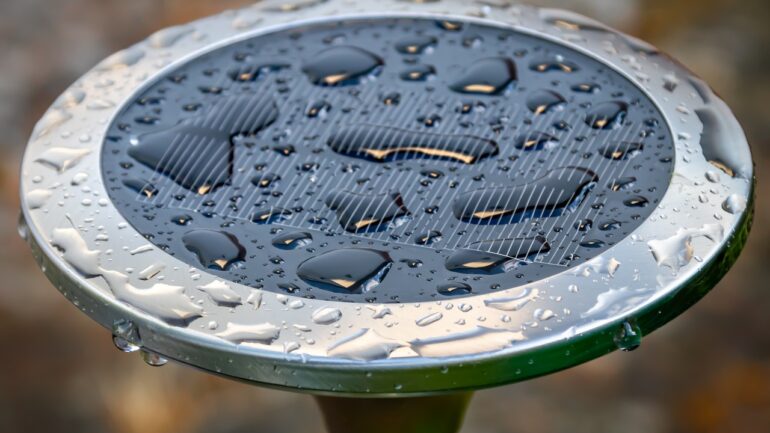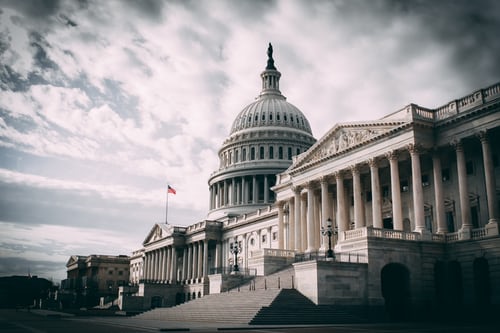By Marissa Goldberg, Staff Writer for Save The Water™ | March 6, 2016
What do the Chamorro villages of Guam have in common with the waterfront residents of New Hampshire? Paul Alan Cox of the National Tropical Botanical Garden in Hawaii discovered a correlation between the consumption of a neurotoxin found in the dietary elements of the Chamorro villages and the development of symptoms similar to Alzheimer’s disease.1 Researchers at the Dartmouth-Hitchcock Medical Center in New Hampshire have identified a link between the same neurotoxin and the development of amyotrophic lateral sclerosis (ALS), or Lou Gehrig’s Disease.3 The common element? The neurotoxin BMAA, a byproduct of cyanobacteria, found in both groups’ water and food sources.
Physical evidence of neurodegenerative disease was found in the brains of some deceased Chamorro villagers and New Hampshire residents that lived on or near bodies of water that are known to contain cyanobacteria, also called “blue algae.” This alarming discovery has prompted further study into the connection between toxins in our food and water and the disorders that may occur as a result of contamination.
Problem
By conducting a study on vervet monkeys, Paul Alan Cox and colleagues discovered a correlation between consumption of the neurotoxin ß-methylamino-L-alanine (BMAA) and the advance of neurodegenerative disorders.1 The monkeys were fed fruit laced with BMAA for a series of months. The study found that the monkeys exhibited neurofibrillary tangles and ß-amyloid plaques, two prominent conditions associated with the neurodegenerative disorder, Alzheimer’s.
BMAA is a byproduct of cyanobacteria, a bacteria in many, if not most, of the habitats and terrains of the world. It has worked its way up the food chain through contamination of food sources that are eventually ingested by humans.3 Cyanobacteria exists in terrestrial and water sources all over the world, and its wide reach may be affecting us more than we know.
It is crucial to understand the point at which contamination occurs. Given the nature of our great planet, an issue with our water is an issue for everybody. In addition to the obvious concerns of drinking contaminated water, we use water in countless other areas of our lives, including the preparation of our food. A water contamination issue quickly translates into a food contamination issue.
Solution
Though it may seem counterintuitive, identifying a linkage between disease and a neurotoxin present in our water and food sources is actually an important first step in determining a possible plan of action (namely, a cure). It’s also important to understand the potential for the toxins to be transmitted through the air we breathe in addition to our food and water.
An important development in the study is the discovery Cox made when administering the amino acid L-serine in conjunction with the BMAA-dosed fruit. The density of the neurofibrillary tangles observed in the monkeys’ brains was reduced when given L-serine, shedding new light on a potential factor of a cure for conditions like Alzheimer’s.1
Since the “role of naturally occurring environmental toxins in progressive neurodegenerative disease has not been extensively studied,” it may take years or even decades to determine a solid plan of action to address and eliminate the spread of neurotoxins by cyanobacteria.1
Action
The development of cures for the medical conditions that can result from overexposure to the BMAA neurotoxin are still relatively out of reach. This entails rigorous testing on both animals and humans, following by stringent examination and monitoring by federally-regulated drug authorities. That should not, however, preclude a further investigation into the subject. As noted by the researchers of the study, the potential for cyanobacteria to exist not only in multiple water sources but also in the air we breathe leads to the obvious “potential for widespread human exposure”.2
Clinical trials are already underway on the first human patients with ALS to determine if similar results are exhibited in humans as were noted in the vervet monkeys that were administered an amino acid in conjunction with the neurotoxin.4 If successful, this could point medical researchers to a potential treatment or cure for people with ALS as well as Alzheimer’s.
Living near bodies of poor-quality water increases the risk for contamination. Further, drinking water that may come from contaminated sources is difficult to track, given the global nature of the distribution of packaged and bottled water. The risk of spreading the neurotoxin is a real threat to the integrity of our water sources, and it’s crucial that the issue is contained in order to control or quell the onset of neurodegenerative disorders.
The significant occurrence of medical conditions such as ALS and Alzheimer’s in areas deemed hot zones for cyanobacteria highlight the real threat that our environment may pose to us. Rising global temperatures may only exacerbate the issue unless we make a serious and long-term effort to reverse the effects of climate change immediately. Nevertheless, the potential for our own water to cause us harm is a real threat. Water is our lifeblood, the most fundamental of all human needs. It’s critical to ensure the quality and availability of our global water sources, but even more so to understand the potential threats that lurk within it.
References
- Cox, Paul Alan, et. al. “Dietary exposure to an environmental toxin triggers neurofibrillary tangles and amyloid deposits in the brain.” Proceedings of the Royal Society B. 20 Jan. 2016. Retrieved from http://rspb.royalsocietypublishing.org/content/283/1823/20152397.
- Graham, Sarah. “Algae Found to Produce Potential Neurotoxin.”Scientific American. 5 Apr. 2005.
- Konkel, Lindsey. “Closing in on ALS? Link between lethal disease and algae explored.” Environmental Health News. 11 Dec. 2014.
- Kraft, Amy. “Algae bloom toxin linked to Alzheimer’s, other diseases.” CBS News. 21 Jan. 2016.





